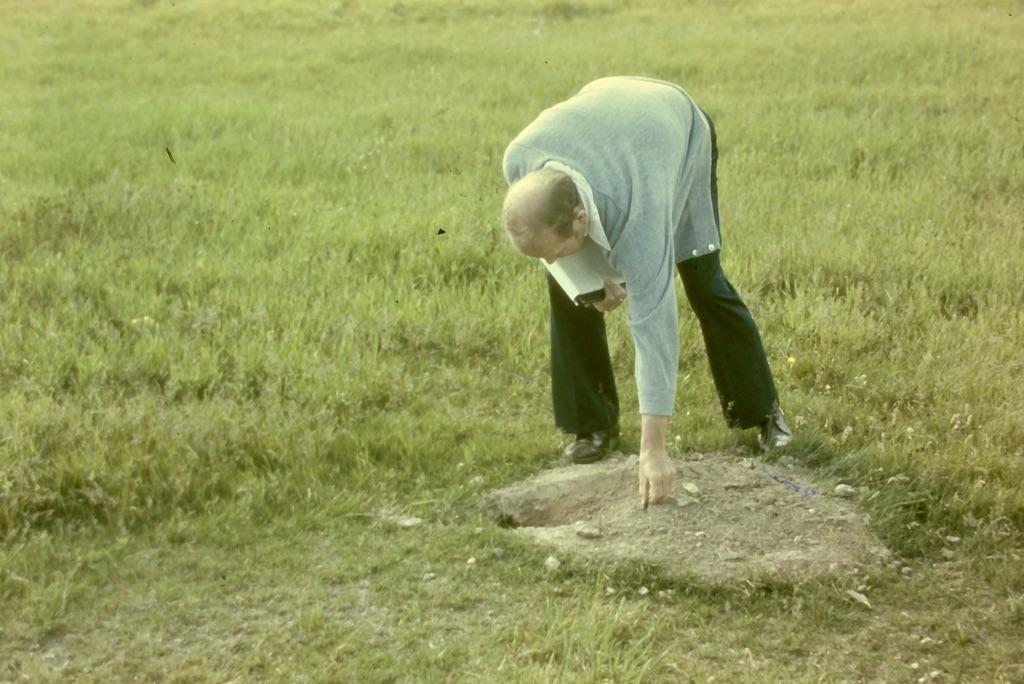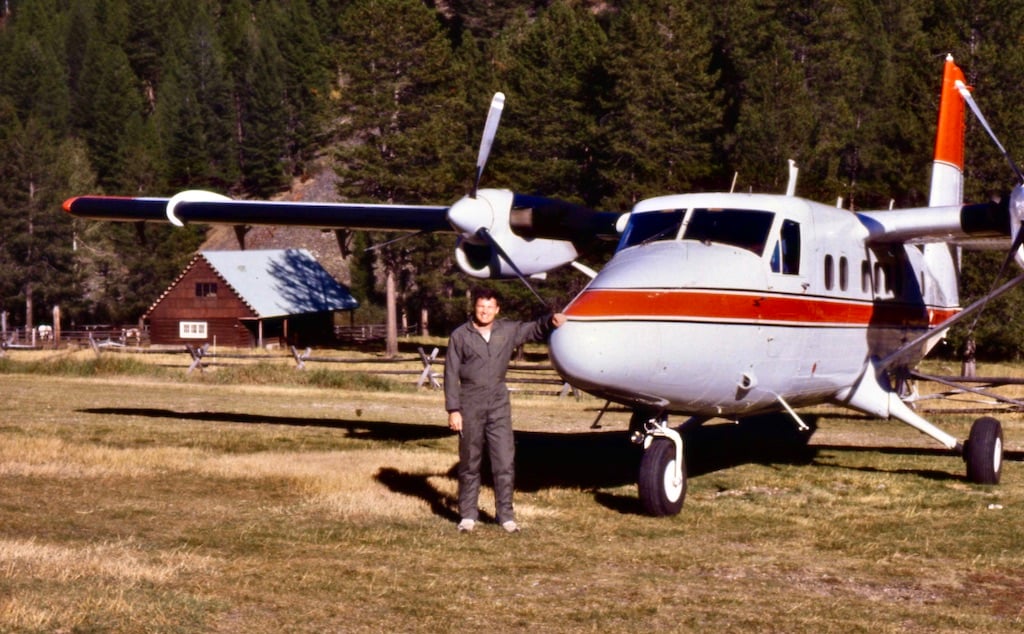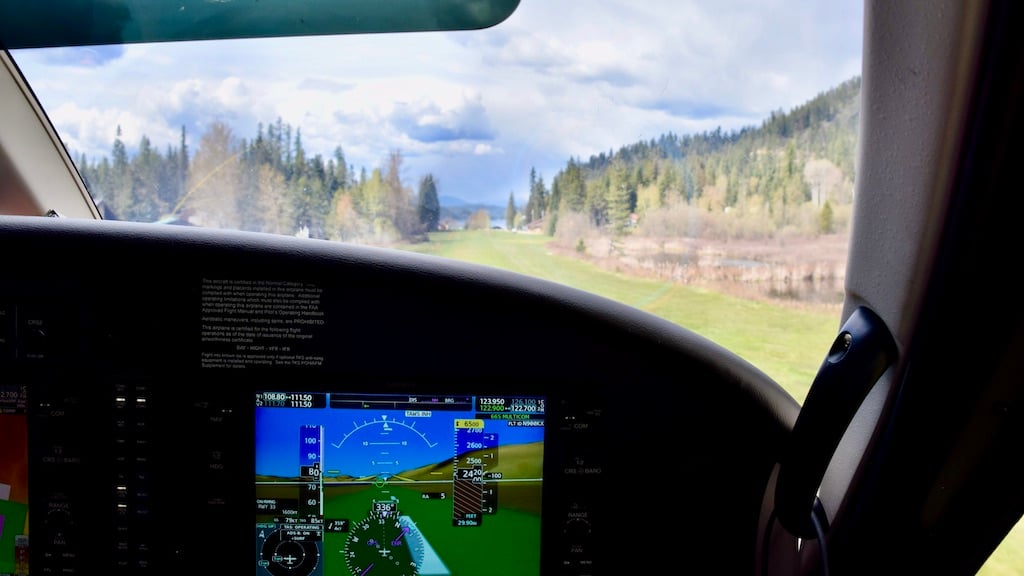
Wildlife can damage the surface of an unpaved runway within a short time period.
Unpaved runway surfaces can consist of irregularities and varying compositions, all of which lessen an aircraft’s acceleration and make directional control challenging. Portions of the airstrip can have taller grass than other sections, causing handling control challenges as well as lessening a wheel’s ability to accelerate or decelerate.
A slight dip in a runway edge may be hard to detect from the air, but when one of your wheels suddenly contacts the sloping surface, your directional control will quickly be compromised. Burrowing animals can quickly cause holes in the surface, or a group of elk can create a wet, muddy spot overnight. Contact with any of these irregularities or undulations can cause your nosewheel to quickly bounce up, inducing an unwanted porpoise that can quickly degrade into an uncontrolled condition.
A quick scan through the databases of accidents at unpaved runways in North America reveals how often surface irregularities resulted in bent metal.
Performance charts generally do not provide guidance for the variation in the unpaved surface, to include the effects of morning dew, frost or wet grass, yet these surface contaminants greatly diminish braking capabilities of an aircraft. This is highlighted by a runway excursion involving a Glasair Glastar that was unable to stop because of wet grass during an aborted takeoff at Smiley Creek on June 26, 2010. This occurred to a relatively lightweight, slow aircraft. The diminished braking conditions caused by dew, frost or wet grass would be even more problematic for faster, heavier aircraft.
There is no drainage control on an unpaved runway. Rain from a thunderstorm will seek the lowest nearby surface. Slight depressions in these runways will become puddles. Softer ground will absorb the water more readily than harder portions of the runway. There will be disparities in the hardness of the surface, and this contributes to handling control challenges.
Unmarked Runway Boundaries

Another hazard with unpaved airstrips is the lack of precise delineation of the landing surface. It is common that the exact boundary of the runway will not be marked. This creates a visual illusion for landing in which the pilot is unable to accurately ascertain the relationship of the runway’s length-to-width ratio to help establish a proper glide path. Of course, these airstrips tend to have no visual slope guidance, such as a Visual Approach Slope Indicator. All the adjacent terrain to Smiley Creek is slanted, which creates an additional set of visual illusions.
There is no assurance that the surrounding ground will support your aircraft’s weight. This is less of a problem for a light short-takeoff-and-landing aircraft, especially those with large tires that are popular with the frequent operators in these regions. But a heavier aircraft risks having the tires sink deeply into the unknown. This can be even more problematic for turbine aircraft because the extra thrust needed to taxi through softer-than-anticipated ramp conditions exposes engines to foreign object debris damage by sucking up loose debris. Even something as innocuous as scattered pine cones getting sucked into a turbine engine would cause considerable damage.
Most of these locations do not have fuel available, and certainly not jet fuel. This has another practical implication for flight planning. You will need to “tanker” enough fuel so that after completing your flight into the destination, you will have sufficient fuel to depart to your next destination. This will negatively affect your landing speeds and your weight for taxiing on those ill-defined runway edges and ramp areas.
While preparing this article, I contacted former colleagues who had also spent major portions of their aviation careers flying off unpaved runways in Alaska, the Northern Rockies or Canada for their feedback and suggestions. The most challenging narratives came from colleagues who had accepted contracts to fly logistical support for the National Science Foundation in the Antarctic. Space simply does not allow me to describe the challenges of landings and takeoffs in that extreme environment.
Risk Of Aircraft Damage

The likelihood of experiencing damage when operating on an unpaved airstrip is significantly greater than on a paved runway. Rocks and other foreign objects from the surface will be flung up by the tires at high speed. These high-speed objects can impact the fuselage, wings or tail surfaces, causing significant dents and possible punctures. A puncture to the skin of a pressurized airplane would render the pressurization system inoperative and require extensive repair.
Tires striking the rough debris on these runways can be damaged to the point of being unairworthy. The recreational flyers, air taxi operators and government agencies that manage important natural resources operate aircraft with specific capabilities and protective design features.
For example, McCall Air Taxi and the Idaho Division of Aeronautics utilize Daher Kodiak 100s equipped with rock kick-up protectors on the rear side of tires. Gem Air’s Cessna Caravans are also equipped with rock kick-up protectors. These deflectors are specially designed to deflect rocks and other hard debris from contacting the aircraft’s fuselage, wing and tail surfaces.
A rock kicked up by the main gear becomes lodged between the elevator and the horizontal stabilizer, nearly causing a runway excursion, in Part 3 of this article.
To read Risk Factors Of Using Unpaved Runways, Part 1, please click here.





